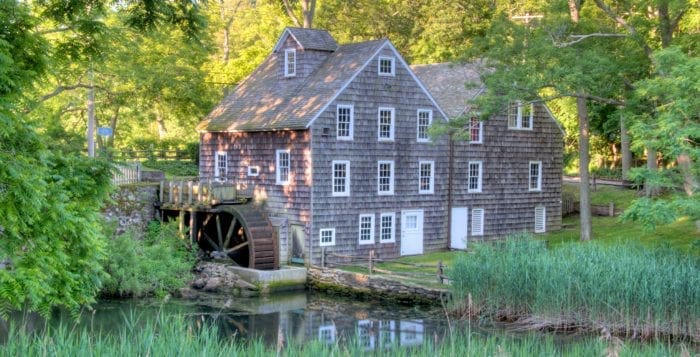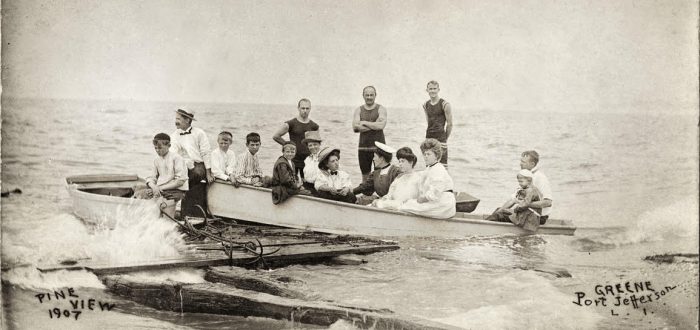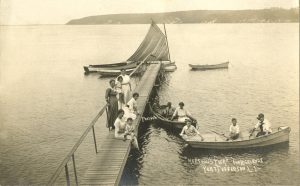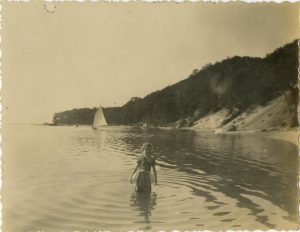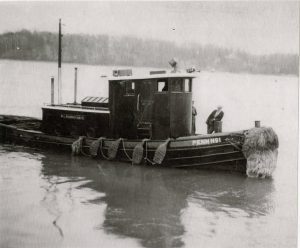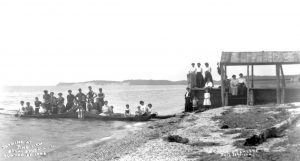Steve Matteo discusses his new book ‘Act Naturally, The Beatles on Film’
Smithtown author Steve Matteo will participate in a Q&A discussion (moderated byTony Traguardo, Fab4Free4All podcast) and book signing event featuring his new book “Act Naturally: The Beatles on Film” at the Long Island Music and Entertainment Hall of Fame (LIMEHOF), 97 Main Street, Stony Brook on Saturday, September 30 at 2 p.m. The event is free with admission and open to the public.

“I grew up on Long Island and have written for many Long Island music and entertainment publications,” Matteo said. “I’m thrilled to be interviewed at LIMEHOF about my new book on the Beatles. The hall is all about honoring and celebrating the legacy of great music. When I write my books, chronicling musical history that give music fans a deeper understanding of artists and their times is very important to me. Long Island has a rich history of popular music and music fans on Long Island are some of the most knowledgeable and passionate in the world.”
This unique event bridges the mediums of books, music and film and is likely to appeal to audiences of all genres, not to mention Beatles fans. Copies of the book will be available for purchase to be signed at the event. LIMEHOF plans to do more author themed events in the future.
“We are excited to have Steve come speak at The Hall of Fame about his book “Act Naturally” and share his insights on The Beatles on Film,” said Kelly Leung, LIMEHOF Board Member and Director of Community Outreach who organized the event. “Having Tony Traguedo from the Fab4Free4All podcast moderate and speak is also an added bonus to what is sure to be a fun event. We continue to welcome opportunities to introduce Long Islanders to local authors and podcasters on a regular basis at the museum.”
For details on this and upcoming events please visit https://www.limusichalloffame.org/museum/
About Act Naturally, the Beatles on Film
The Beatles produced five films during their time together: A Hard Day’s Night, Help!, Magical Mystery Tour, Yellow Submarine, and Let It Be. Some were cinematic successes, and some were not, but—along with subsequent reissues, bonus material, and Peter Jackson’s The Beatles: Get Back, a documentary companion to Let It Be—they comprise an endlessly fascinating document of key phases in the group’s career.
In this comprehensive deep-dive into the band’s movies, author and longtime music journalist Steve Matteo follows the origins, filming, and often frenzied fan reception of projects from the 1964 premiere of A Hard Day’s Night through 1970’s Let It Be to the release of Get Back in 2022. Matteo explores the production process, original theatrical film releases, subsequent VHS, DVD, and Blu-ray releases, and bonus materials, along with the US and UK soundtracks. In addition to copious anecdotes and behind-the-scenes details, he also places these films in their larger context, a period of unprecedented artistic and commercial innovation in British and world cinema. Filled with stories and insights that will satisfy collectors, buffs, and casual fans alike, this is the definitive account of an underappreciated part of the Beatles’ creative output.
About Steve Matteo
Steve Matteo is the author of Let It Be (33 1/3-Bloomsbury) and Dylan (Union Square & Company-Barnes & Noble). He recently contributed to The Beatles in Context, which was published by Cambridge University Press.
He is Contributing Editor with The Vinyl District and has written for such publications as The New York Times, The Los Angeles Times, New York magazine, Time Out New York, Rolling Stone, Spin, Rock’s Backpages, Relix, Goldmine, Interview, Elle, Citizen Truth, Literary Hub and Salon.
He has worked for Pete Townshend of the Who in various capacities for Left Field Services, Towser Tunes and Trinifold. His radio career includes working at WLIR-FM, WNYT and FM Odyssey and he often appears on radio, including on the Sirius XM Volume Channel, Q104, Joe Johnson’s Beatle Brunch, Talk More Talk: A Solo Beatles Videocast, 21st Century Radio, WAAM, WFUV, WUSB, WPPB and WHPC and television in his capacity as a music journalist and an author. He has lectured on Bob Dylan at the New School for Social Research in New York and journalism at the University of Alabama in Tuscaloosa. He holds a B.F.A. in Communication Arts from the New York Institute of Technology.
About LIMEHOF
Founded in 2004, the Long Island Music Hall of Fame is a 501(c) (3) organization dedicated to the idea that Long Island’s musical and entertainment heritage is an important resource to be celebrated and preserved for future generations. The organization, which encompasses New York State’s Nassau, Suffolk, Queens, and Kings (Brooklyn) Counties, was created as a place of community that inspires and explores Long Island music and entertainment in all its forms. In 2022 LIMEHOF opened its first Hall of Fame building location in Stony Brook Village. To date, the organization has inducted more than 120 musicians and music industry executives, and also offers education programs and scholarships, and awards to Long Island students and educators. ###

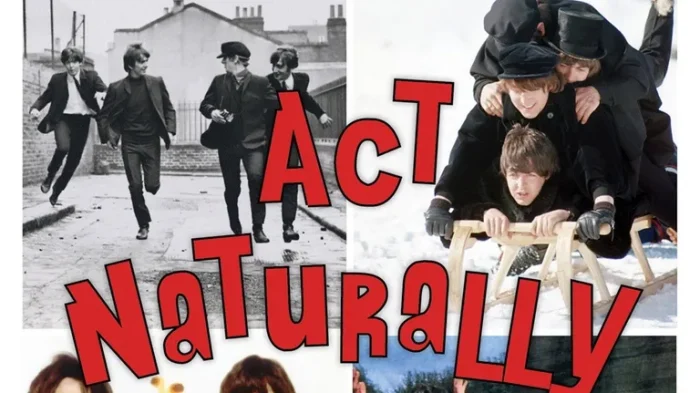
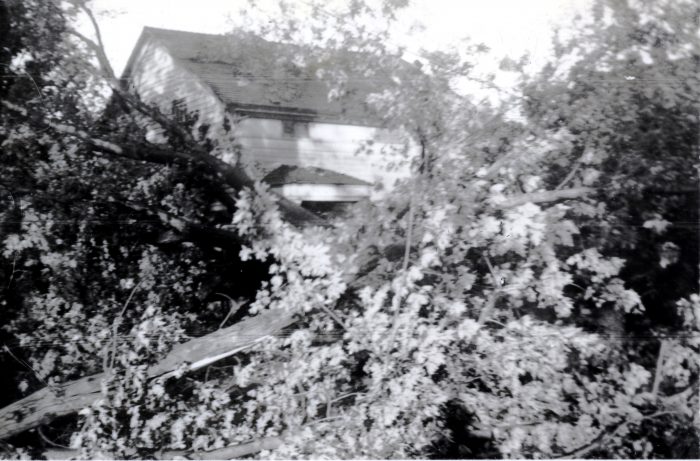

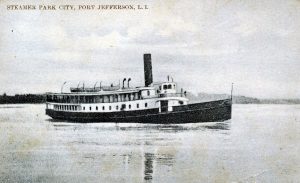
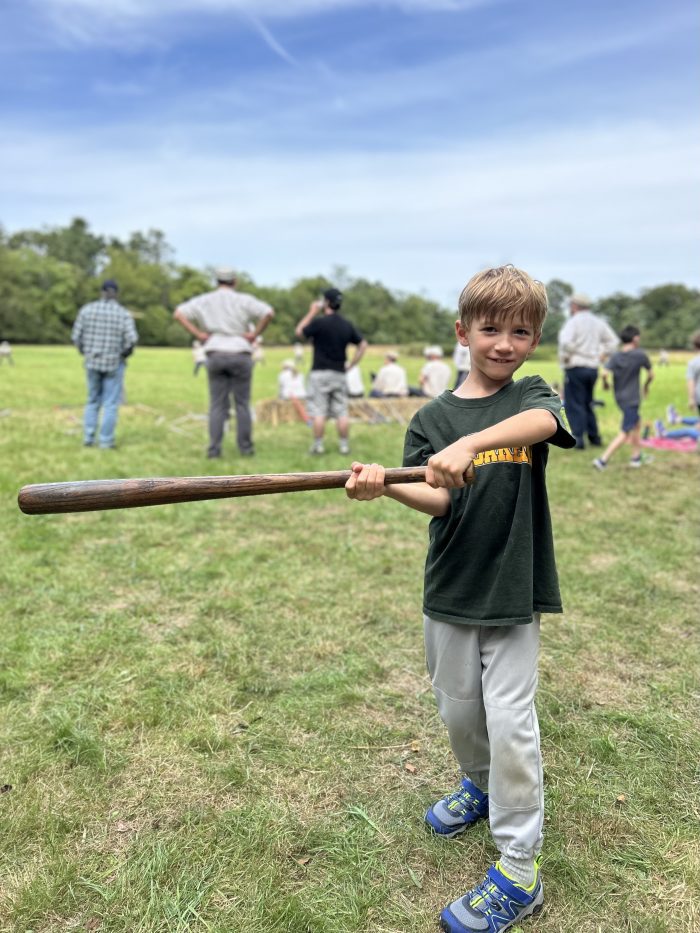
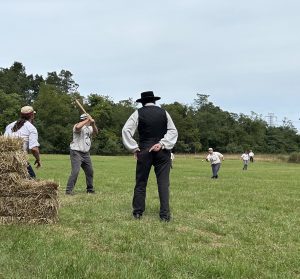

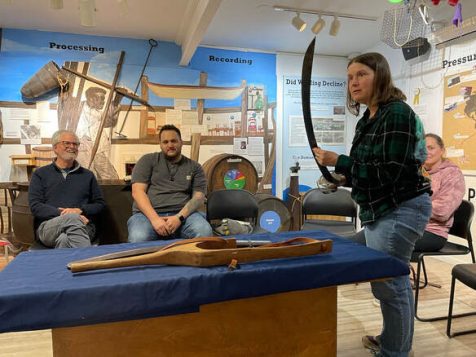

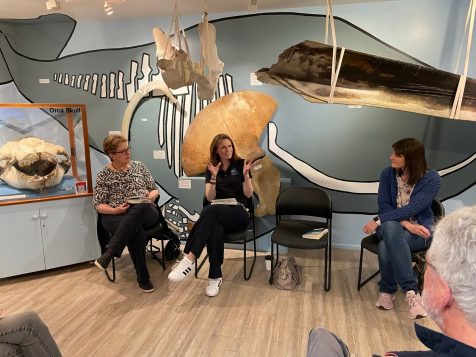

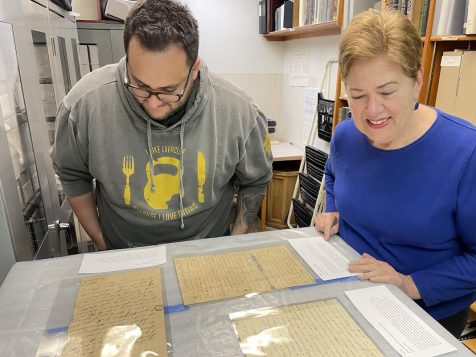
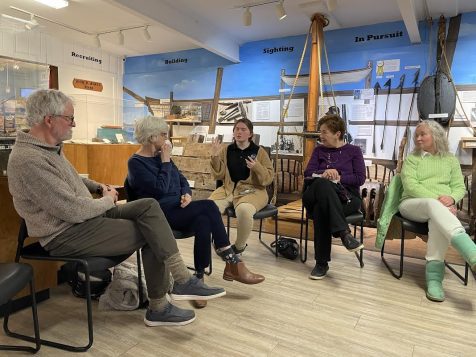
 The first session takes place on Tuesday, Sept. 26 at 6:30 p.m. and covers The Apparitionists: A Tale of Phantoms, Fraud, Photography, and the Man Who Captured Lincoln’s Ghost by Peter Manseau. Participants of this session will explore the intriguing history of Victorian-era spirit photography: supernatural ‘proof’ of ghosts which endured for decades and reflects the human desire to communicate beyond the physical. Historic photographs from the local Jones-Hewlett family will be on view for the group.
The first session takes place on Tuesday, Sept. 26 at 6:30 p.m. and covers The Apparitionists: A Tale of Phantoms, Fraud, Photography, and the Man Who Captured Lincoln’s Ghost by Peter Manseau. Participants of this session will explore the intriguing history of Victorian-era spirit photography: supernatural ‘proof’ of ghosts which endured for decades and reflects the human desire to communicate beyond the physical. Historic photographs from the local Jones-Hewlett family will be on view for the group. The October session, held on Tuesday Oct. 17 at 6:30 p.m., is a special edition featuring award-winning author and historian, Kerriann Flanagan Brosky, above, along with medium/paranormal investigator Joe Giaquinto. Participants will be delighted with tales of their ghostly adventures which weave local history with the spiritual realm. They will discuss research and investigations behind the making of Haunted Long Island Mysteries, Brosky’s latest book. The lecture will include a PowerPoint presentation of the places they have visited and listening to EVP’s (Electronic Voice Phenomenon) along with fascinating Ghost Box recordings from their field investigations. Books will be available for purchase and signing following the presentation.
The October session, held on Tuesday Oct. 17 at 6:30 p.m., is a special edition featuring award-winning author and historian, Kerriann Flanagan Brosky, above, along with medium/paranormal investigator Joe Giaquinto. Participants will be delighted with tales of their ghostly adventures which weave local history with the spiritual realm. They will discuss research and investigations behind the making of Haunted Long Island Mysteries, Brosky’s latest book. The lecture will include a PowerPoint presentation of the places they have visited and listening to EVP’s (Electronic Voice Phenomenon) along with fascinating Ghost Box recordings from their field investigations. Books will be available for purchase and signing following the presentation. The November session will take place on Tuesday, Nov. 14 at 6:30 p.m. and covers The Wager: A Tale of Shipwreck, Mutiny and Murder by David Grann. Participants will explore one of the most gripping true stories from the high seas where in 1742, a ramshackle vessel of patched-together wood and cloth washed up on the coast of Brazil. Inside were thirty emaciated men, barely alive, and they had an extraordinary tale to tell — later challenged by other survivors with shocking twists of disaster, mutiny, anarchy, and murder. With a story based on six years of research, armchair adventurers will enjoy shipbuilding tools from the museum’s collection on view to the group.
The November session will take place on Tuesday, Nov. 14 at 6:30 p.m. and covers The Wager: A Tale of Shipwreck, Mutiny and Murder by David Grann. Participants will explore one of the most gripping true stories from the high seas where in 1742, a ramshackle vessel of patched-together wood and cloth washed up on the coast of Brazil. Inside were thirty emaciated men, barely alive, and they had an extraordinary tale to tell — later challenged by other survivors with shocking twists of disaster, mutiny, anarchy, and murder. With a story based on six years of research, armchair adventurers will enjoy shipbuilding tools from the museum’s collection on view to the group.
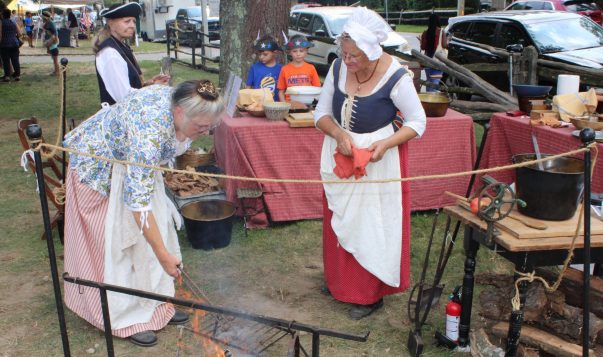

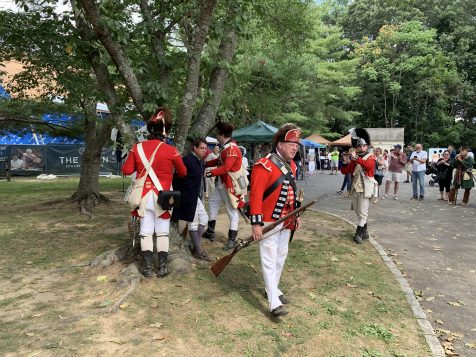
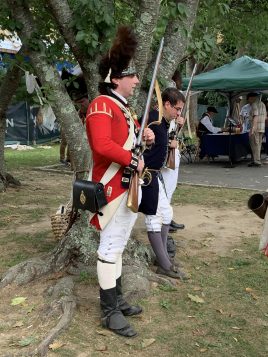
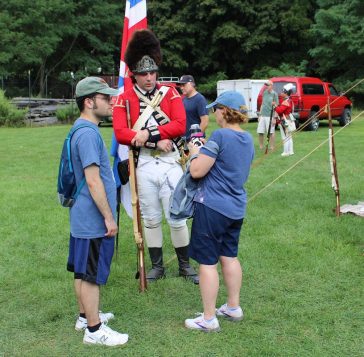
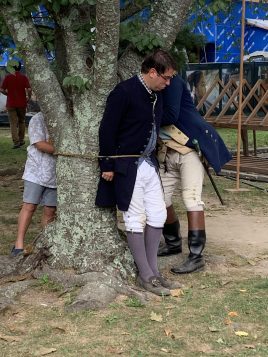
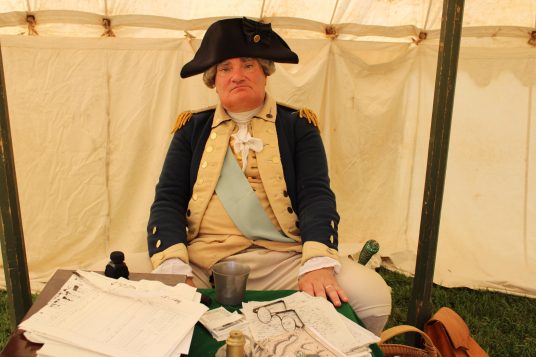
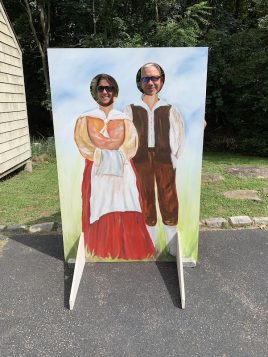
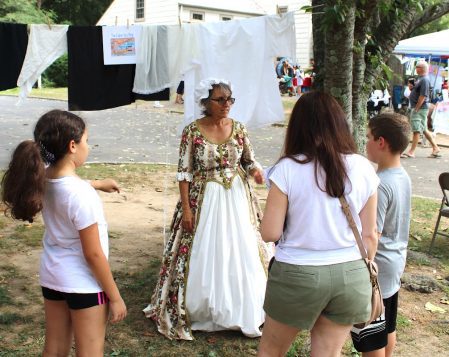
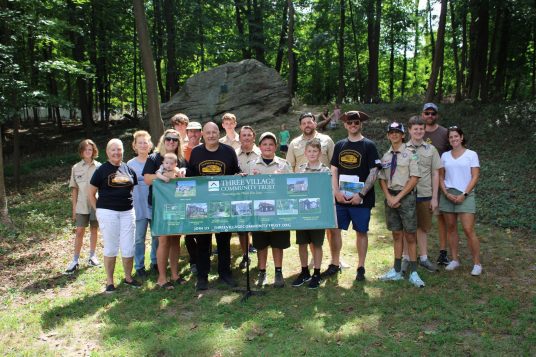
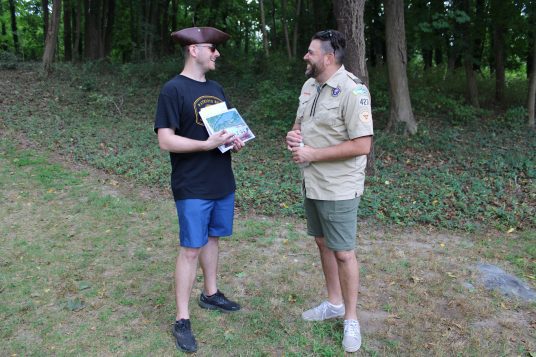
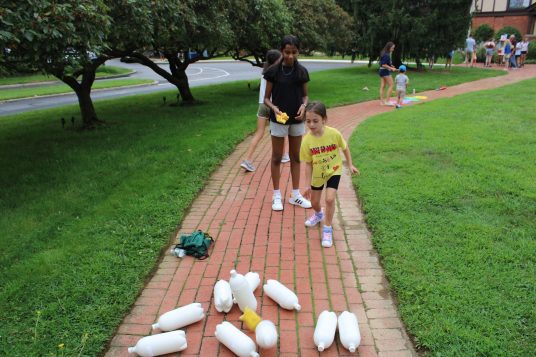
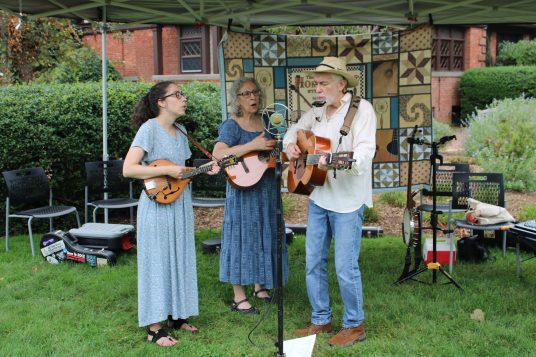
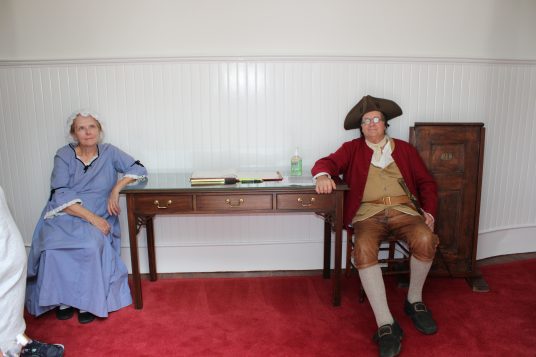
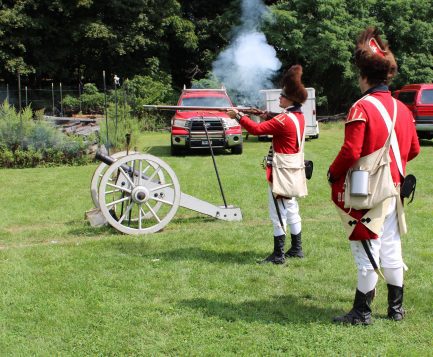
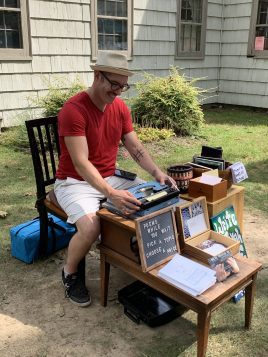











 7:45 a.m.
7:45 a.m. 